Home>Furniture & Design>Interior Design Trends>How Many Times Can Glass Be Recycled
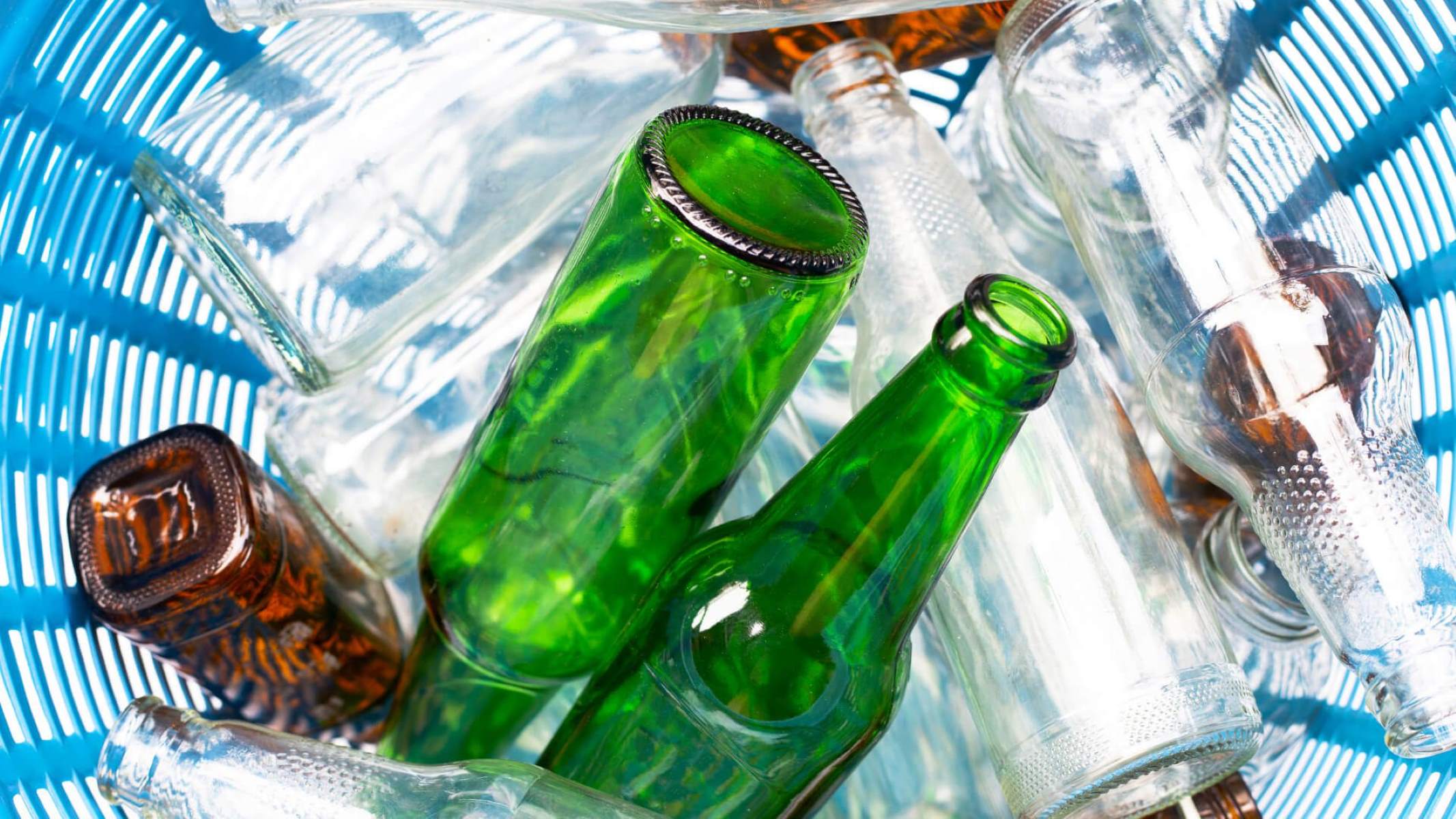

Interior Design Trends
How Many Times Can Glass Be Recycled
Modified: February 18, 2024
Discover the environmental benefits of glass recycling and how it contributes to sustainable interior design trends. Learn how many times glass can be recycled and its impact on the environment.
(Many of the links in this article redirect to a specific reviewed product. Your purchase of these products through affiliate links helps to generate commission for Storables.com, at no extra cost. Learn more)
Introduction
Glass recycling is a crucial aspect of sustainable waste management and environmental conservation. The process of recycling glass not only reduces the strain on natural resources but also minimizes the environmental impact associated with glass production. Understanding the intricacies of glass recycling, including the factors influencing the number of times glass can be recycled, the benefits it offers, and the challenges it presents, is essential in promoting a more eco-friendly approach to consumption and waste disposal.
Glass, a versatile and widely used material, has been a part of human civilization for centuries. Its unique properties, such as transparency, durability, and recyclability, make it a preferred choice for packaging, construction, and decorative purposes. However, the disposal of glass waste poses significant challenges due to its non-biodegradable nature. This is where the concept of glass recycling comes into play, offering a sustainable solution to manage glass waste effectively.
By delving into the process of glass recycling, we can gain insights into the intricate steps involved in transforming discarded glass into reusable material. Understanding the factors that influence the number of times glass can be recycled sheds light on the sustainability of this practice. Moreover, exploring the benefits and challenges associated with glass recycling provides a comprehensive view of its impact on the environment and society.
As we embark on this exploration of glass recycling, it becomes evident that this practice holds immense potential in shaping a greener and more sustainable future. By unraveling the complexities of glass recycling, we can uncover the opportunities it presents for reducing waste, conserving resources, and mitigating the environmental repercussions of glass production and disposal.
In the subsequent sections, we will delve deeper into the process of glass recycling, examine the factors affecting the number of times glass can be recycled, elucidate the benefits it offers, and address the challenges it poses. Through this journey, we aim to foster a deeper understanding of the significance of glass recycling in the broader context of environmental stewardship and sustainable living.
Key Takeaways:
- Glass recycling is a sustainable practice that conserves resources, reduces energy consumption, and minimizes landfill waste. It offers endless opportunities for creating a greener and more eco-friendly future.
- The recyclability of glass is influenced by its composition, contamination levels, color variations, technological advancements, and market demand. Overcoming challenges in glass recycling requires innovation, public participation, and infrastructure development.
Read more: What Can Glass Be Recycled Into
The Process of Glass Recycling
Glass recycling involves a series of intricate steps aimed at transforming discarded glass into reusable material, thereby reducing the environmental impact of glass production and waste disposal. The process begins with the collection of glass waste from various sources, including households, businesses, and recycling centers. Once collected, the glass is sorted based on color to ensure that different types of glass are not mixed together, as this can affect the quality of the recycled product.
After sorting, the glass is cleaned to remove any impurities such as paper labels, metal caps, or other contaminants. This is a crucial step in preparing the glass for recycling, as it ensures that the recycled product meets quality standards. Once cleaned, the glass is crushed into small pieces called cullet. The cullet is then melted in a furnace at high temperatures to form molten glass, which can be molded into new products.
The molten glass can be shaped into various forms, including bottles, jars, and other containers, or used in the production of fiberglass and other glass-based materials. The versatility of recycled glass allows it to be utilized in a wide range of applications, contributing to the circular economy by reducing the demand for raw materials and minimizing waste.
One of the key advantages of glass recycling is that glass can be recycled indefinitely without losing its quality or purity. Unlike some other materials, glass does not degrade during the recycling process, making it a highly sustainable and eco-friendly option for packaging and construction. This perpetual recyclability of glass underscores its significance in the realm of sustainable waste management and resource conservation.
The process of glass recycling exemplifies the principles of the circular economy, where materials are reused and repurposed to minimize waste and maximize resource efficiency. By embracing the process of glass recycling, we can contribute to the preservation of natural resources, the reduction of energy consumption, and the mitigation of greenhouse gas emissions associated with glass production.
In essence, the process of glass recycling embodies a holistic approach to environmental stewardship, where the lifecycle of glass is extended through responsible waste management practices. By understanding and supporting the process of glass recycling, we can actively participate in building a more sustainable and resilient future for generations to come.
Factors Affecting the Number of Times Glass Can Be Recycled
The number of times glass can be recycled is influenced by several key factors that impact the quality and sustainability of the recycling process. Understanding these factors is essential in evaluating the long-term viability of glass recycling and its potential to contribute to a circular economy.
1. Glass Composition:
The chemical composition of glass plays a significant role in determining its recyclability. Glass is primarily composed of silica, soda ash, and limestone, with additional elements added to achieve specific properties. Certain additives and impurities can affect the quality of recycled glass, limiting its potential for repeated recycling. To maintain the integrity of recycled glass, it is essential to minimize contamination and adhere to strict quality standards during the recycling process.
2. Contamination Levels:
Contamination, such as the presence of non-glass materials like ceramics, stones, or metals, can diminish the quality of recycled glass. Higher contamination levels can necessitate more extensive processing and purification, impacting the efficiency of the recycling process. Minimizing contamination through effective sorting and cleaning procedures is crucial in preserving the recyclability of glass and maximizing its potential for multiple recycling cycles.
Read more: Where Can You Recycle Glass
3. Color Variations:
The color of glass, particularly in the case of container glass, can influence its recyclability. Clear glass, commonly used in beverage containers, is highly sought after for recycling due to its purity and ease of reprocessing. On the other hand, colored glass, such as green or brown glass, may require additional steps to remove colorants during the recycling process, affecting the overall efficiency and quality of the recycled material.
4. Technological Advancements:
Advancements in recycling technologies and processes have the potential to enhance the recyclability of glass. Innovations in sorting, cleaning, and refining techniques can mitigate the impact of impurities and contamination, thereby extending the lifespan of recycled glass. Continuous research and development in the field of glass recycling contribute to improving the overall sustainability and feasibility of multiple recycling cycles.
5. Market Demand and Infrastructure:
The demand for recycled glass products and the availability of recycling infrastructure play a pivotal role in determining the frequency of glass recycling. A robust market for recycled glass incentivizes the collection and processing of glass waste, creating a closed-loop system that supports the continual recycling of glass. Additionally, the presence of efficient recycling facilities and collection mechanisms facilitates the seamless integration of recycled glass into various industries, promoting its sustained recyclability.
By considering these factors, it becomes evident that the number of times glass can be recycled is contingent upon a combination of technical, environmental, and market-related considerations. Addressing these factors through stringent quality control measures, technological innovation, and market-driven initiatives can bolster the long-term viability of glass recycling, paving the way for a more sustainable and resource-efficient approach to glass utilization.
Benefits of Glass Recycling
Glass recycling offers a myriad of compelling benefits that extend beyond waste reduction, contributing to environmental preservation, resource conservation, and economic sustainability. By embracing the practice of glass recycling, individuals, businesses, and communities can actively participate in fostering a more sustainable and eco-conscious society. The following are key benefits associated with glass recycling:
-
Conservation of Natural Resources:
Recycling glass significantly reduces the demand for raw materials required in the production of new glass. By utilizing recycled glass, known as cullet, as a primary ingredient in glass manufacturing, the depletion of natural resources such as silica, soda ash, and limestone is mitigated. This conservation of resources aligns with the principles of sustainable resource management, promoting the long-term viability of essential raw materials. -
Energy Efficiency:
The process of recycling glass consumes less energy compared to the production of new glass from raw materials. Incorporating cullet into glass production reduces the energy required to melt the raw materials, lower production temperatures, and diminishes the overall carbon footprint associated with glass manufacturing. As a result, glass recycling contributes to energy conservation and mitigates the environmental impact of energy-intensive industrial processes. -
Reduction of Landfill Waste:
Glass waste, if not recycled, occupies significant space in landfills and contributes to environmental pollution. By diverting glass from landfills through recycling initiatives, the burden on landfill capacity is alleviated, prolonging the lifespan of landfill sites and reducing the environmental impact of waste disposal. This reduction in landfill waste supports a more sustainable approach to waste management and environmental stewardship. -
Economic Opportunities:
Glass recycling fosters economic opportunities through the creation of jobs in the recycling industry, the development of recycling infrastructure, and the generation of revenue from the sale of recycled glass products. Additionally, the utilization of recycled glass in various manufacturing processes contributes to cost savings for businesses, thereby enhancing economic efficiency and promoting sustainable business practices. -
Environmental Preservation:
The environmental benefits of glass recycling extend to the preservation of natural habitats, reduction of greenhouse gas emissions, and the mitigation of environmental pollution. By minimizing the extraction of raw materials and reducing energy consumption, glass recycling contributes to the preservation of ecosystems and the mitigation of environmental degradation associated with industrial activities. -
Circular Economy Contribution:
Glass recycling aligns with the principles of the circular economy by promoting the reuse and repurposing of materials. The perpetual recyclability of glass allows for the creation of a closed-loop system where glass waste is transformed into valuable resources, thereby minimizing waste generation and maximizing resource efficiency.
In essence, the benefits of glass recycling encompass environmental, economic, and social dimensions, offering a holistic approach to sustainable waste management and resource utilization. By recognizing and leveraging these benefits, individuals and organizations can actively contribute to a more sustainable and resilient future, where the principles of environmental conservation and resource efficiency are upheld through responsible waste management practices.
Read more: How Recyclable Is Glass
Challenges of Glass Recycling
Glass recycling, despite its numerous benefits, is not without its challenges. Addressing these challenges is essential in fostering a more robust and sustainable glass recycling ecosystem. The following are key challenges associated with glass recycling:
-
Contamination and Sorting Complexity:
Contamination of glass waste with non-glass materials poses a significant challenge in the recycling process. Sorting and cleaning glass to remove contaminants such as ceramics, stones, and metals require meticulous attention and specialized equipment. The complexity of sorting different glass colors further adds to the challenge, as it necessitates separate processing streams to maintain the quality and purity of recycled glass. -
Logistics and Transportation:
The logistics of collecting and transporting glass waste to recycling facilities present logistical challenges, particularly in rural or geographically dispersed areas. Efficient collection and transportation mechanisms are essential to ensure the viability of glass recycling initiatives, requiring coordinated efforts and infrastructure investments to streamline the flow of glass waste to recycling centers. -
Market Demand and Infrastructure:
The demand for recycled glass products and the availability of recycling infrastructure play a pivotal role in sustaining glass recycling efforts. Insufficient market demand for recycled glass, coupled with inadequate recycling facilities, can hinder the scalability and effectiveness of glass recycling initiatives. Building robust market demand and expanding recycling infrastructure are essential in overcoming these challenges. -
Quality Control and Standards Compliance:
Maintaining the quality and purity of recycled glass necessitates stringent quality control measures and adherence to industry standards. Ensuring that recycled glass meets the required specifications for various applications, such as packaging and construction, demands continuous monitoring and compliance with quality assurance protocols. Striving for consistent quality in recycled glass products is crucial for market acceptance and long-term sustainability. -
Public Awareness and Participation:
Engaging the public in glass recycling initiatives and fostering awareness about the importance of responsible glass disposal poses a significant challenge. Encouraging individuals and communities to actively participate in glass recycling, including proper sorting and collection of glass waste, requires targeted educational campaigns and community outreach efforts to instill a culture of recycling and waste reduction. -
Technological Advancements and Innovation:
Embracing technological advancements and innovation in glass recycling processes is essential for overcoming existing challenges. Research and development in recycling technologies, including advanced sorting systems, purification techniques, and material recovery processes, can enhance the efficiency and sustainability of glass recycling, addressing current challenges and unlocking new opportunities for the industry.
In addressing these challenges, the glass recycling industry can evolve towards a more resilient and efficient ecosystem, where the barriers to recycling are mitigated, and the full potential of glass as a sustainable and recyclable material is realized. By acknowledging and proactively addressing these challenges, stakeholders can collectively contribute to the advancement of glass recycling as a cornerstone of sustainable waste management and resource conservation.
Conclusion
In conclusion, glass recycling stands as a beacon of sustainability, offering a myriad of environmental, economic, and social benefits while presenting unique challenges that require concerted efforts and innovative solutions. The process of glass recycling, characterized by meticulous sorting, cleaning, and melting of glass waste, embodies the principles of the circular economy, where materials are perpetually reused and repurposed to minimize waste generation and resource depletion.
The factors influencing the number of times glass can be recycled, including composition, contamination levels, color variations, technological advancements, and market demand, underscore the intricate dynamics of glass recycling. By addressing these factors through stringent quality control, technological innovation, and market-driven initiatives, the long-term viability of glass recycling can be bolstered, paving the way for a more sustainable and resource-efficient approach to glass utilization.
The benefits of glass recycling, ranging from the conservation of natural resources and energy efficiency to the reduction of landfill waste and economic opportunities, underscore its pivotal role in shaping a more sustainable and eco-conscious society. By recognizing and leveraging these benefits, individuals, businesses, and communities can actively contribute to a more resilient future, where responsible waste management practices and resource conservation are upheld.
However, the challenges associated with glass recycling, such as contamination and sorting complexity, logistics and transportation, market demand, quality control, public awareness, and technological advancements, necessitate strategic interventions and collaborative efforts to overcome existing barriers and propel the glass recycling industry towards greater efficiency and sustainability.
In essence, glass recycling represents a harmonious convergence of environmental stewardship, economic viability, and social responsibility. By embracing the principles of glass recycling and addressing its inherent challenges, we can collectively foster a more sustainable and resilient future, where the perpetual recyclability of glass serves as a testament to the transformative power of responsible waste management and resource conservation. Through continued innovation, advocacy, and collaboration, glass recycling can emerge as a cornerstone of sustainable living, leaving a lasting legacy of environmental preservation and resource efficiency for generations to come.
Frequently Asked Questions about How Many Times Can Glass Be Recycled
Was this page helpful?
At Storables.com, we guarantee accurate and reliable information. Our content, validated by Expert Board Contributors, is crafted following stringent Editorial Policies. We're committed to providing you with well-researched, expert-backed insights for all your informational needs.
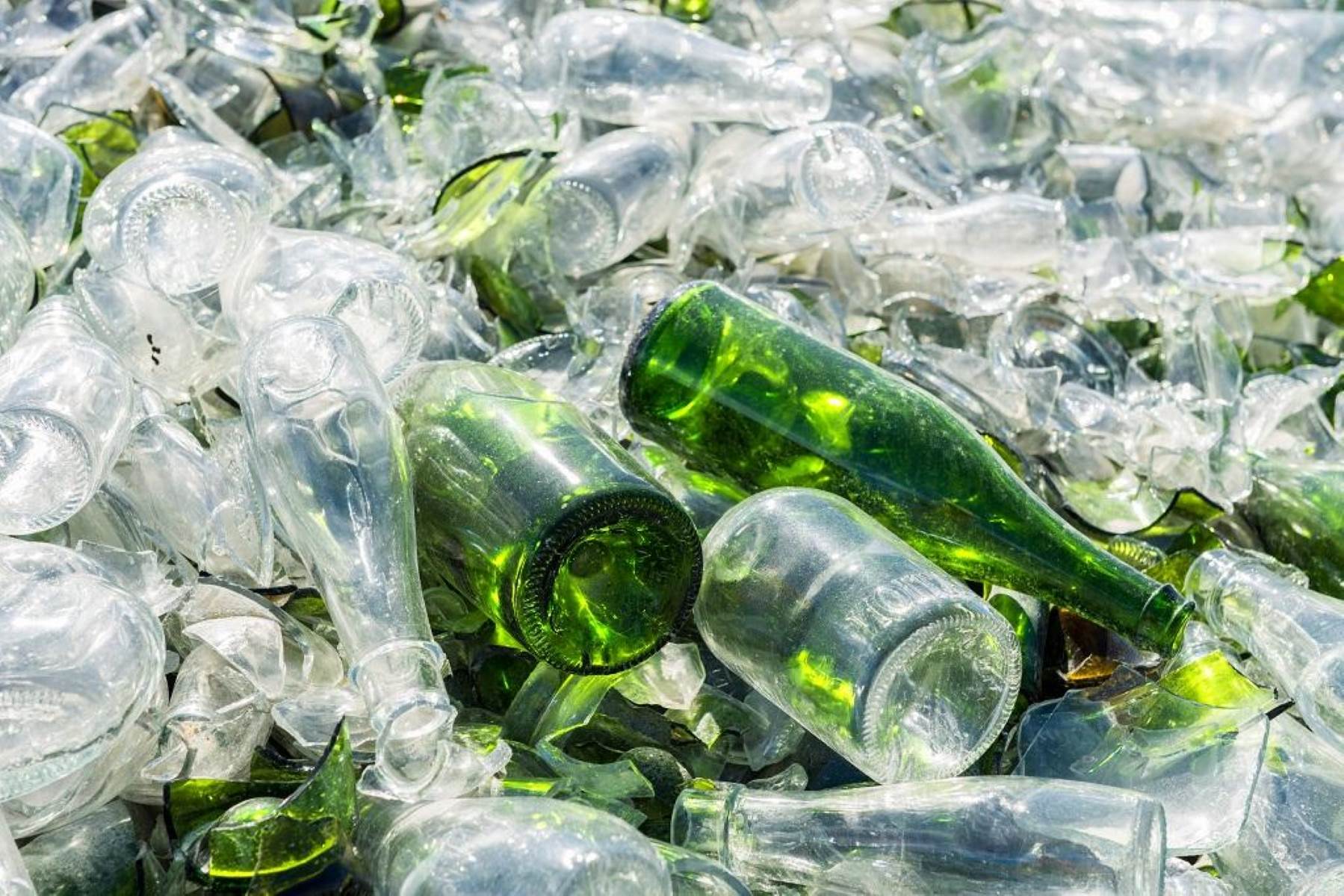
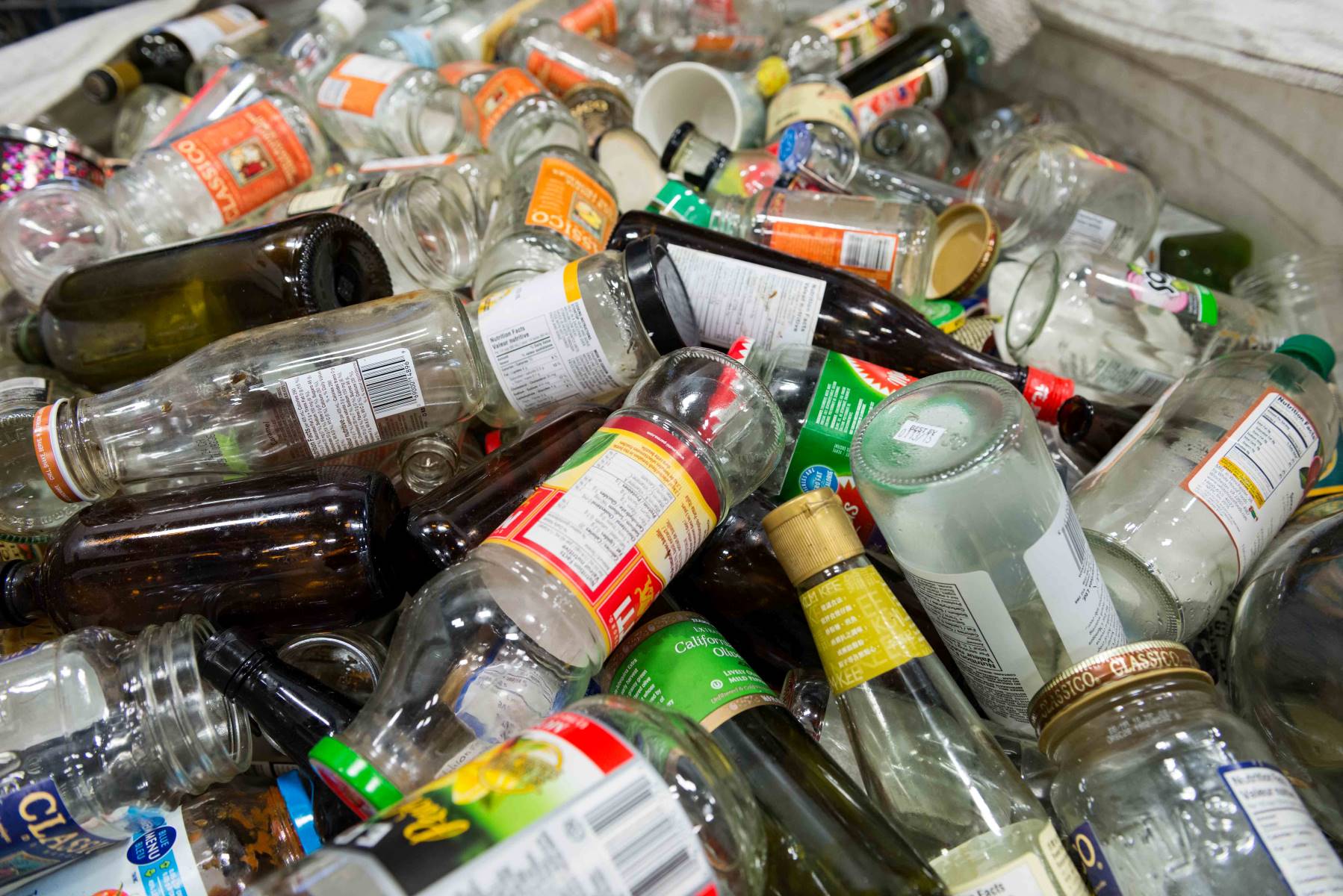
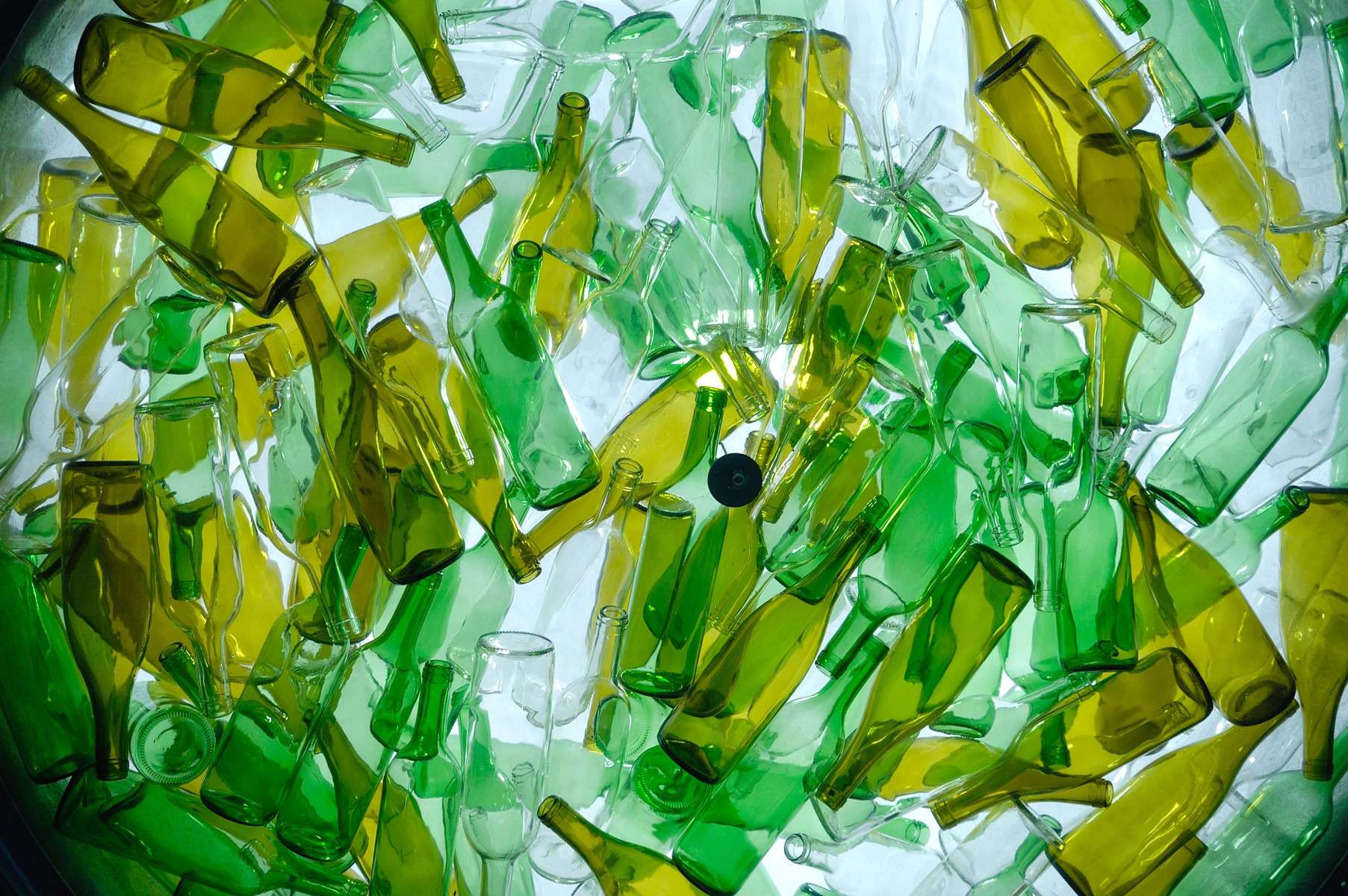
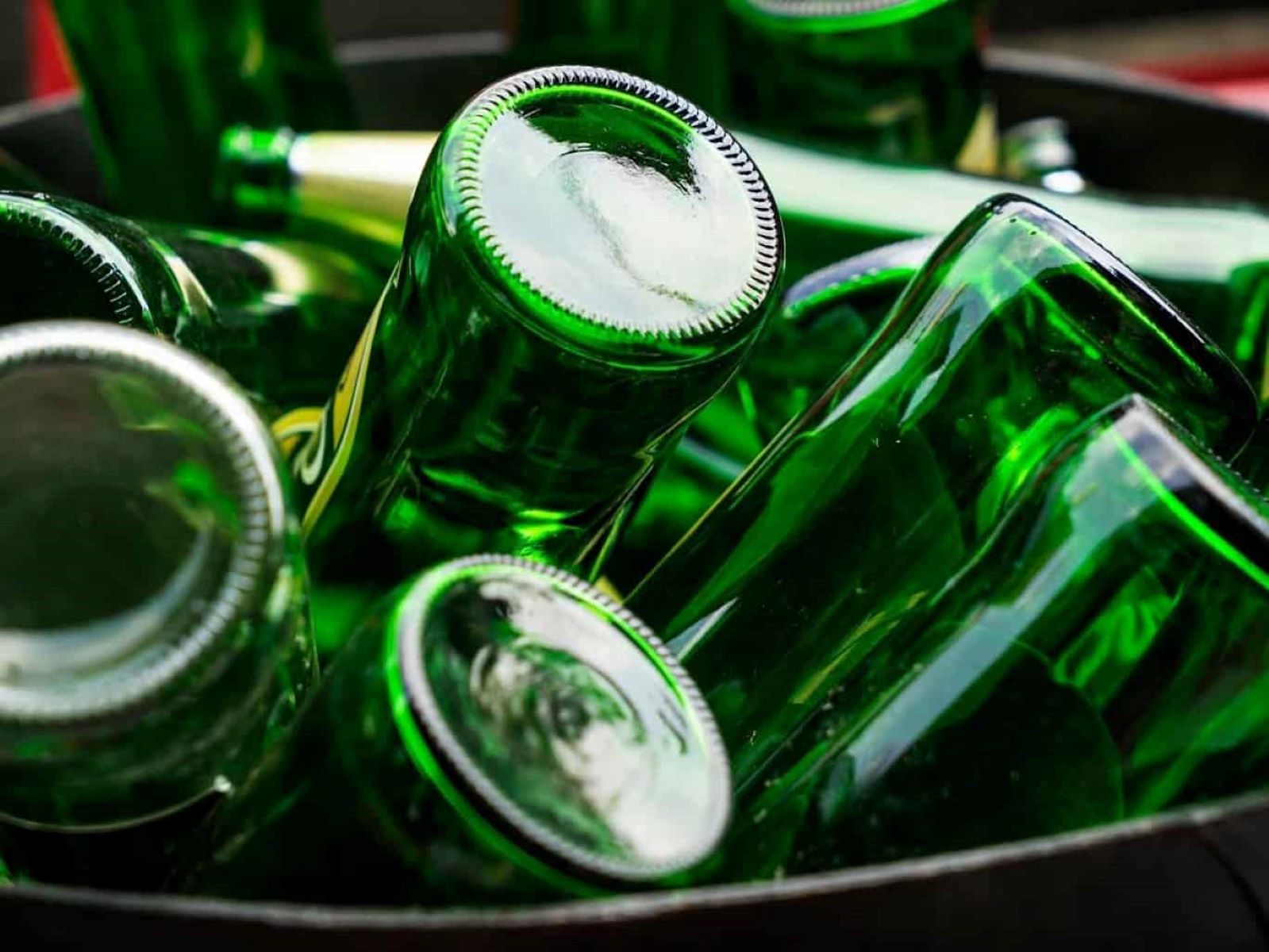
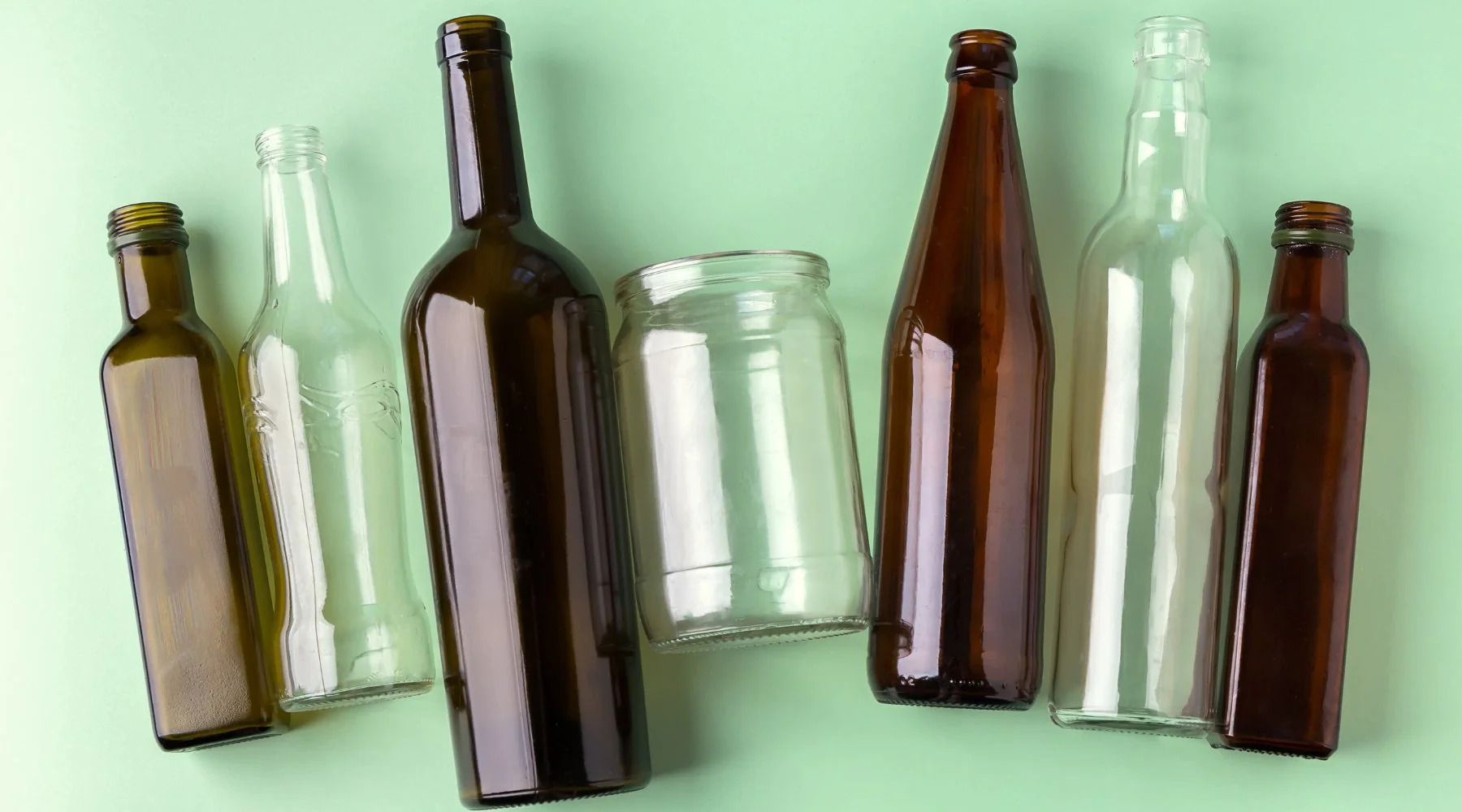
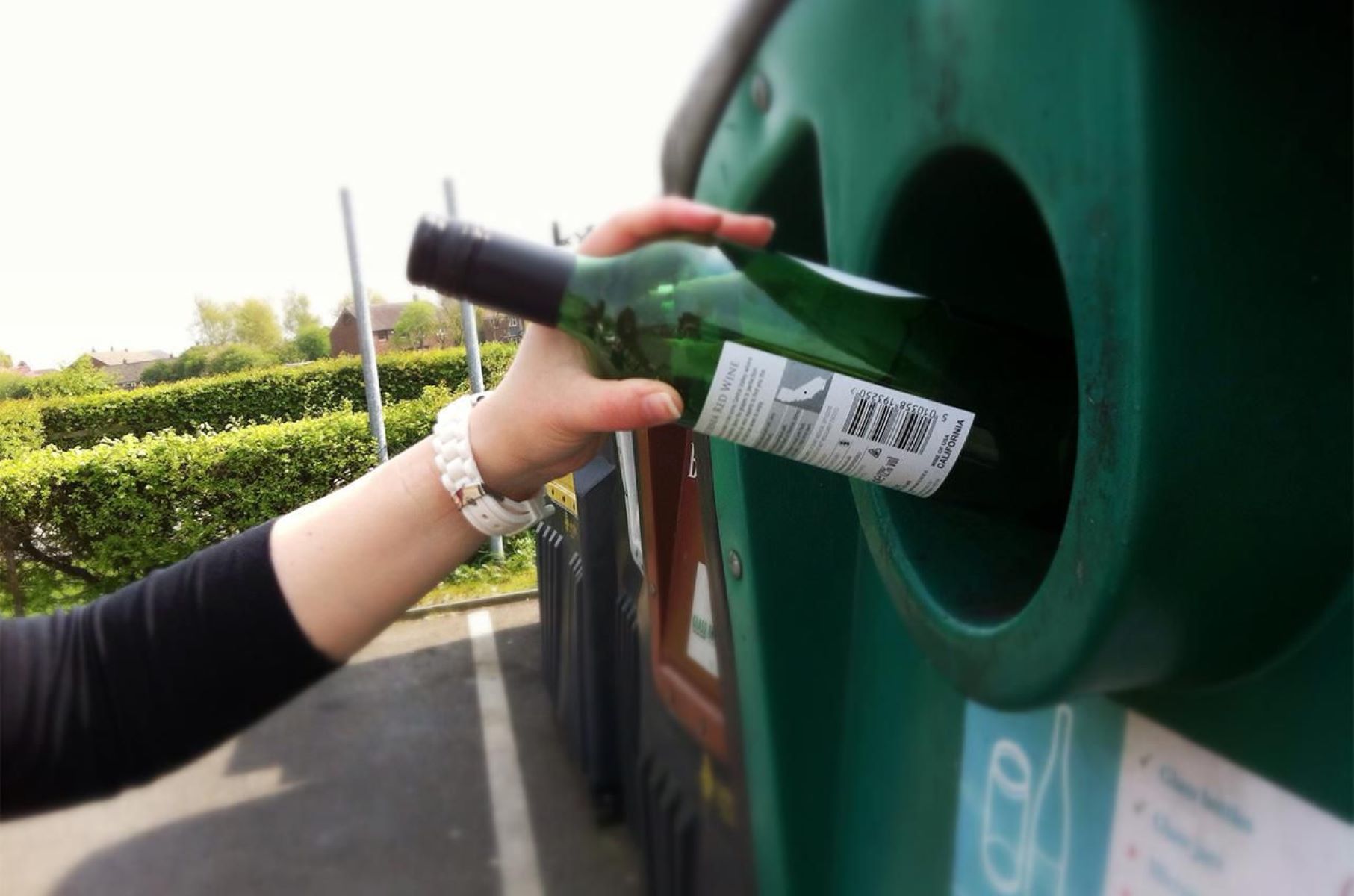


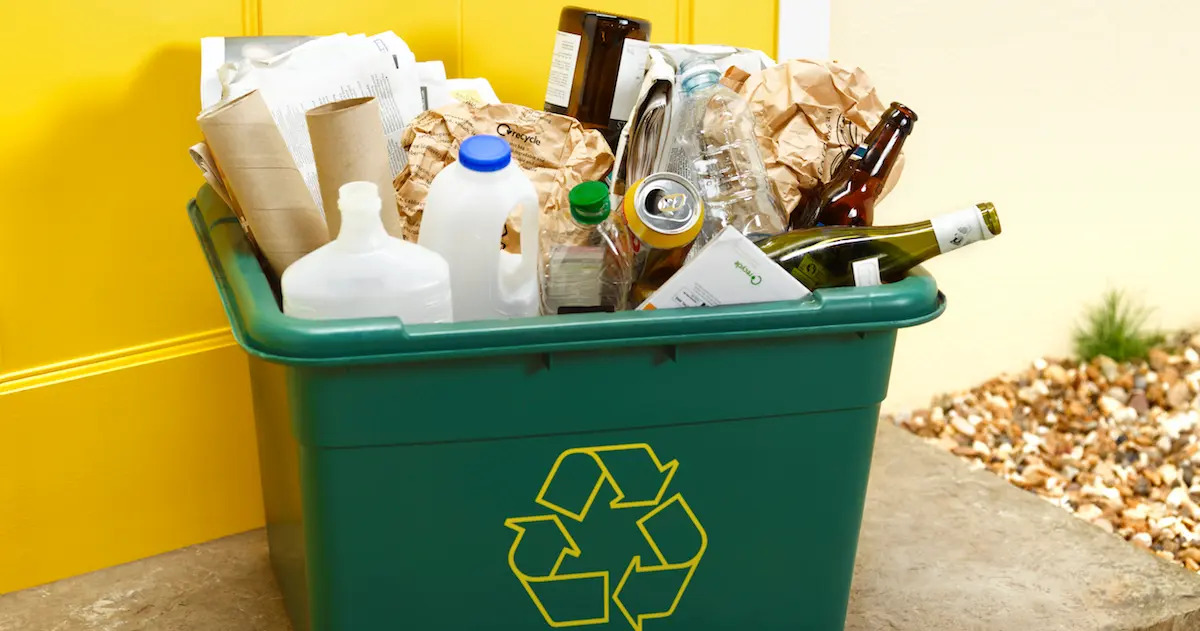
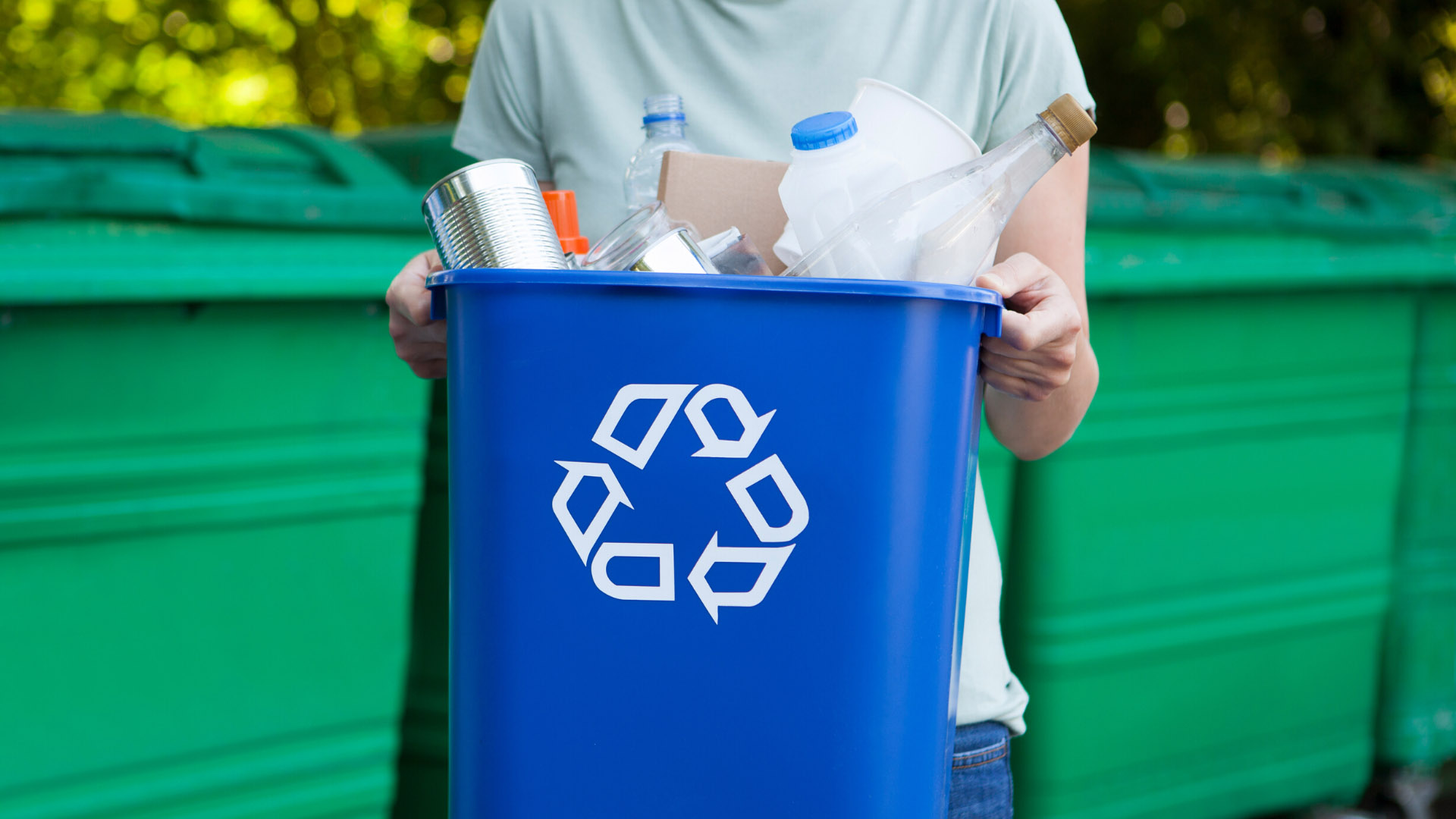


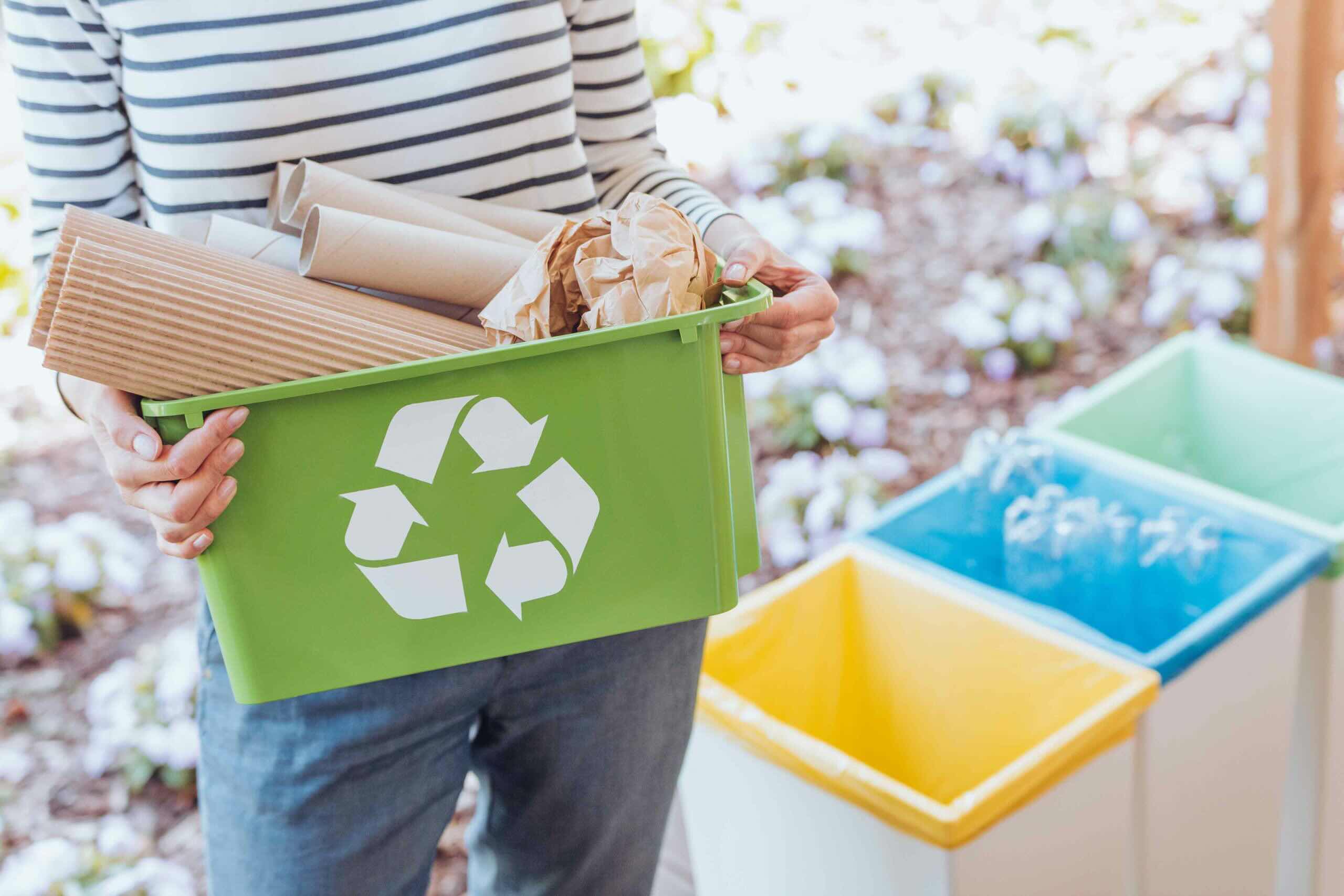

0 thoughts on “How Many Times Can Glass Be Recycled”